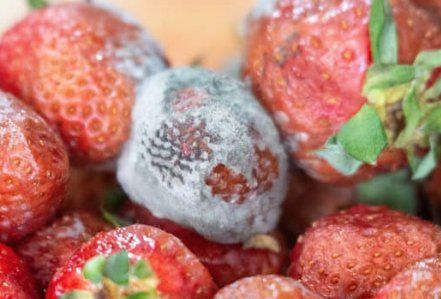I have often been asked to look at a home for potential mold problems. One common denominator that seems to often follow a home with elevated “Mold Load” is their fruits and vegetables get moldy quickly. Here is the question of the day, Is the mold from the house, or was the produce inoculated prior to bringing the groceries in the house. It's a great question, and may be tough to answer.
First of all, we know that fruit, and vegetables will occasionally have mold on them from the orchard or farm, to the processing plant, and finally to the retail store. I say “occasionally” because prevention is a high priority for the packaging plants. The general guideline is that if a store receiving manager feels there is more than 10 percent mold or bacteria, they often will reject the entire shipment. Additionally, About 20 percent of all fruits and vegetables harvested each year end up in the trash due to microbial spoilage, according to an April 2016 review published in Food Microbiology: Principles into Practice. Some are contaminated with bacteria or mold, while others go bad because of high temperatures, oxidation or increased humidity. Spoilage microorganisms can affect fresh produce anytime during harvesting, handling, distribution or storage. So, although these figures are concerning, we as consumers can't change them, and we can only prevent what we can prevent.


